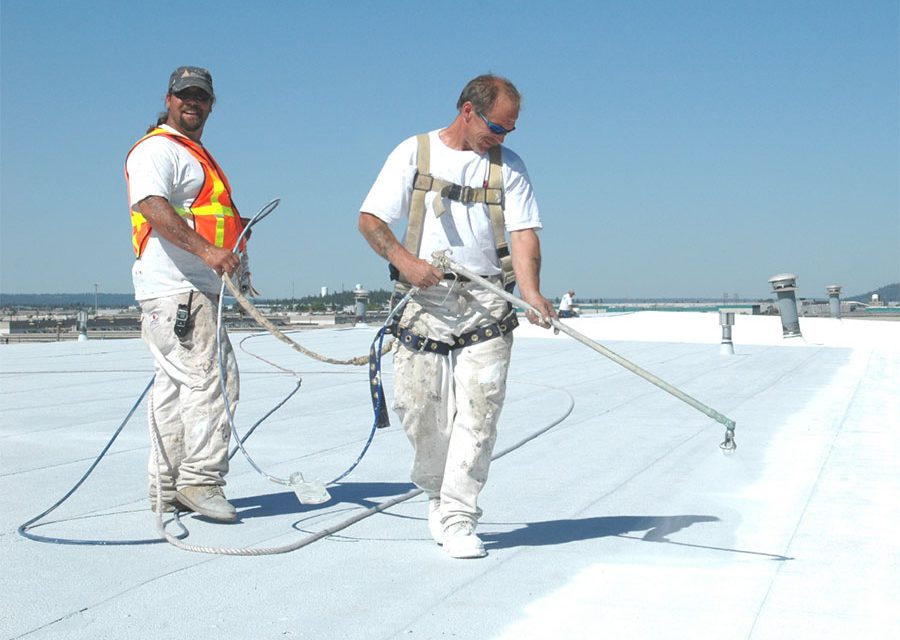They are usually formed by the pressure of moisture beneath the surface of from lack of adhesion causing dry spots.
Roof coating blisters.
When you coat a roof you seal moisture inside the substrate.
Blisters are pockets in the roofing material with a spongy feel.
Blisters may be filled with water or air.
Once broken water is more likely to get under the coating or leak into the roof.
Bubbles across your foam roof will look like small or large rounded domes that stick up from the surface.
It is important to recognize the difference before proceeding.
All conventional low slope roof systems experience blisters in some form.
Blisters may occur below or between ply sheets in a built up roof system at the roof coating interface with the roof surface or between coating layers when multiple coats have been applied to the roof.
These bubbles are often referred to as blisters and they are a sign that moisture has reached the inner layers of the polyurethane material.
Membrane systems are most susceptible to blistering because blisters are formed by voids between the plies or at the point between the substrate and the membrane.
Generally speaking unless its at a scupper or in a ponding area one broken blister is not an emergency.
It is now trapped underneath the coating with nowhere to go.
Most blisters are caused by the same thing moisture.
Loss of gravel granules or another surfacing membrane deterioration blisters in seams which have reduced lap coverage blisters that have breaks that can.

